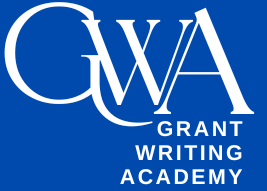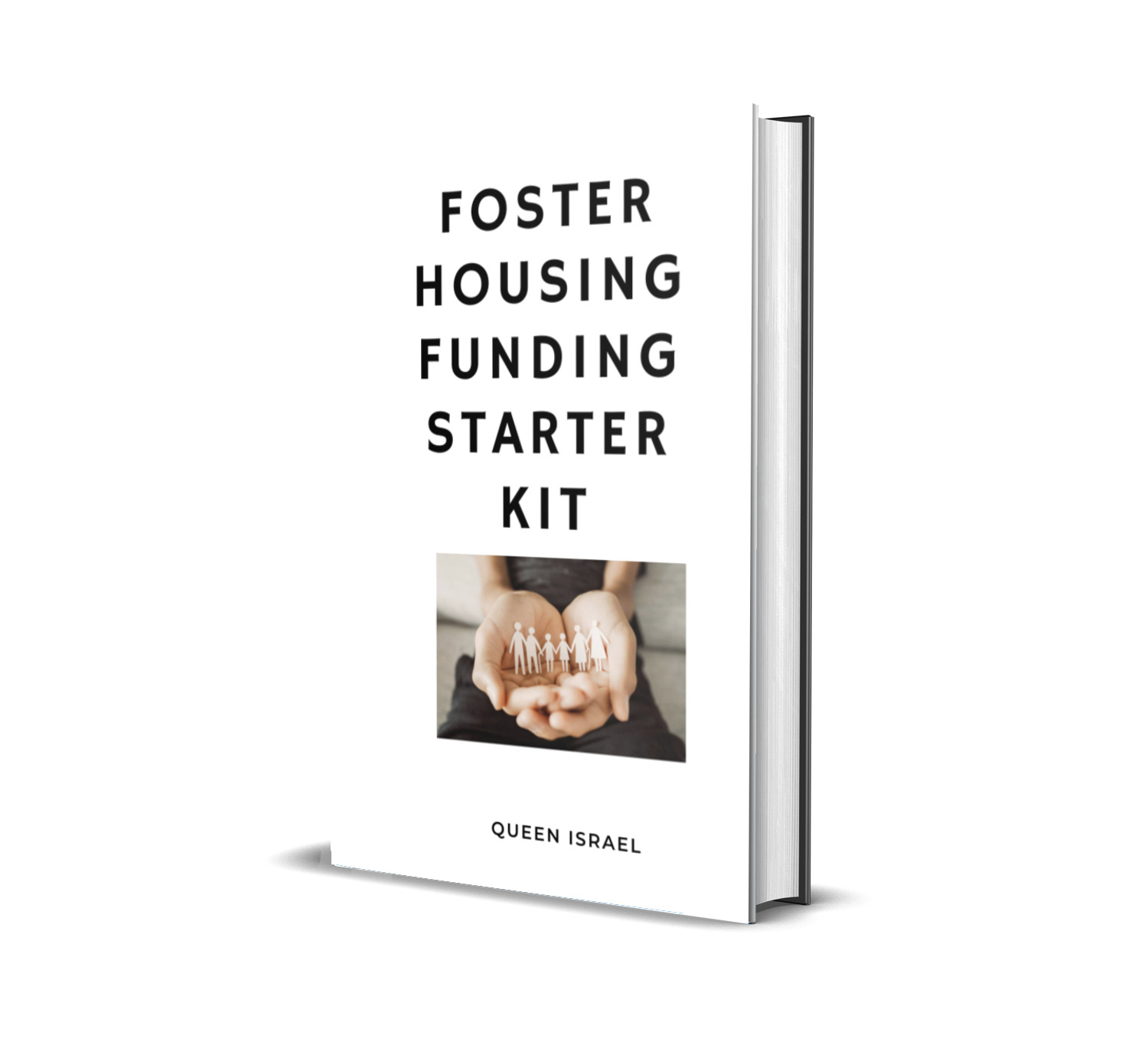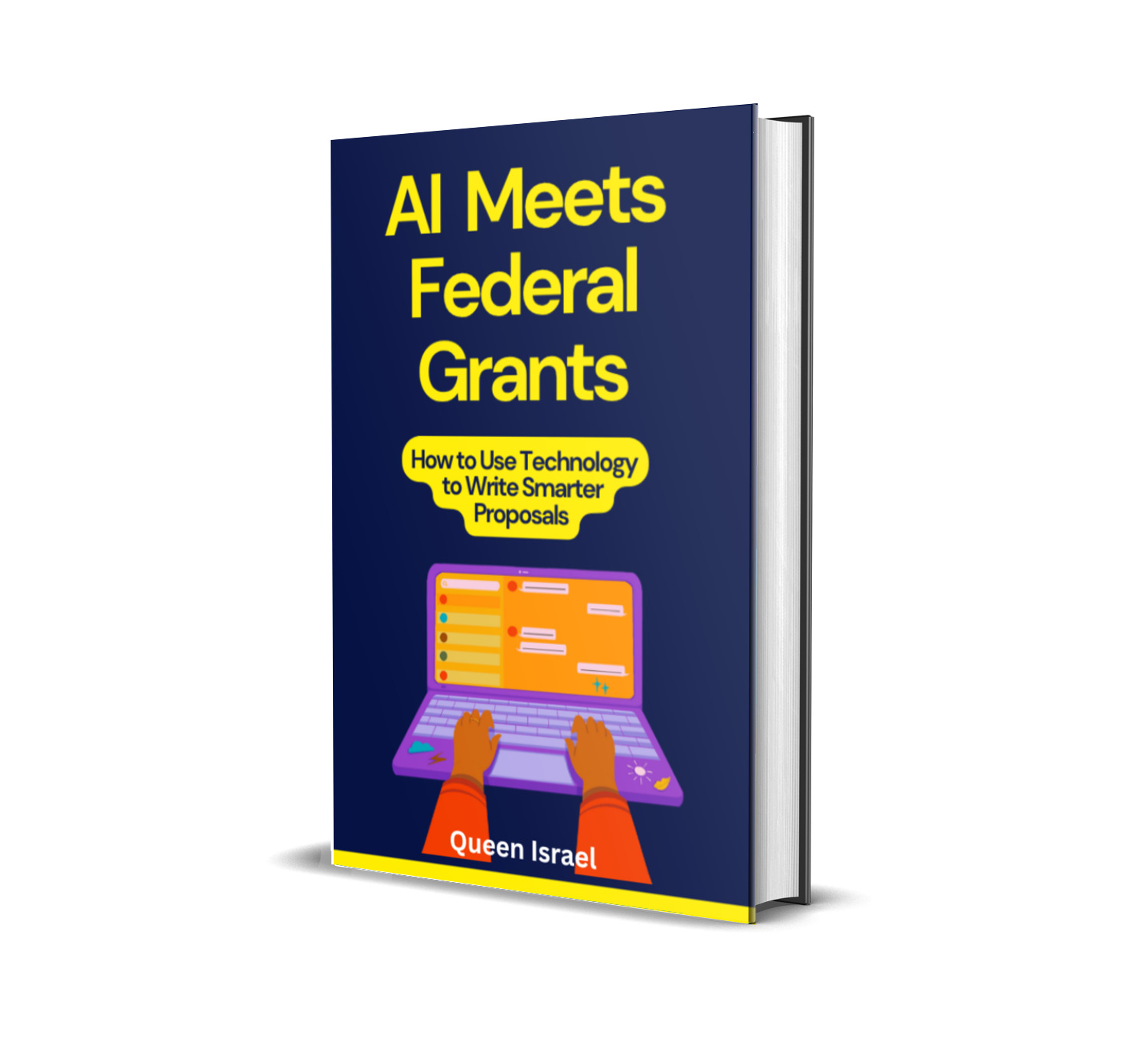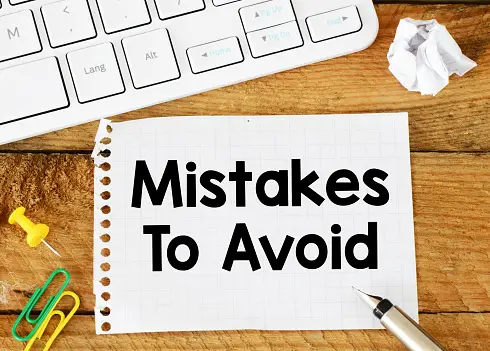In this article, we’ll explore how to craft a corporate grant proposal that aligns with your company’s CSR goals.
With insights drawn from industry trends, proven best practices, and personal experiences, this guide will help you create a compelling proposal that speaks directly to the heart of your organization’s mission.
When businesses decide to support social causes through grants, they are not just giving money—they are making a commitment to corporate social responsibility (CSR) that builds trust, drives community impact, and reinforces a culture of sustainability and innovation.
Understanding Corporate Grants and CSR Goals
Corporate grants are financial contributions made by companies to support projects that align with their CSR strategies.
These grants are more than just a donation—they reflect a company’s dedication to community engagement and its desire to create a positive social and environmental footprint.
When a business funds initiatives that align with its core values, it strengthens relationships with key stakeholders and enhances its overall brand reputation.
At the core of any successful corporate grant proposal is a clear understanding of your company’s CSR objectives.
These objectives can vary widely—from environmental sustainability and education to health care and economic development. However, they all share a common thread: a desire to effect real change while also benefiting the company through positive ROI
and enhanced corporate reputation.A good starting point is to conduct an internal review of your company’s mission and CSR strategy. Ask yourself:
-
What are our long-term sustainability goals?
-
Which social or environmental issues align best with our company values?
-
How can our grant initiative create measurable impact and foster collaboration with community partners?
Answering these questions lays the foundation for a proposal that not only requests funding but also communicates a strong commitment to accountability and transparency.
Key Components of a Successful Corporate Grant Proposal
Creating an effective grant proposal requires attention to detail, a clear vision, and a deep understanding of both your organization’s goals and the needs of the community. Here are the essential components to include:
1. Executive Summary
Begin with a concise overview that outlines the purpose of the grant, the primary CSR goals, and the anticipated community impact. This section should hook your readers by clearly stating how the proposed project aligns with both the company’s mission and the broader social cause.
2. Statement of Need
Explain the specific problem or opportunity your project addresses. Use relevant data and metrics to substantiate the need. For instance, if your proposal targets environmental sustainability, you might note that “recent studies indicate that companies with robust sustainability initiatives see up to a 20% increase in employee engagement.” Numbers like these not only add credibility but also help illustrate the tangible benefits of your proposal.
3. Project Description
Detail your project’s objectives, timeline, and methodology. Describe how the grant will be used to drive innovation and create measurable change. Be sure to include:
-
Clear, measurable outcomes
-
A step-by-step plan of action
-
The roles and responsibilities of key team members
-
A budget breakdown that reflects transparency and thoughtful planning
4. Alignment with CSR Goals
This section is where you draw direct connections between your project and the company’s CSR strategy. Emphasize how the project will:
-
Enhance community impact
-
Drive sustainability
-
Promote corporate social responsibility
-
Build stronger ties with local stakeholders and beneficiaries
5. Evaluation and Metrics
Detail the methods you will use to evaluate the project’s success. Include data points and statistical measures to monitor progress. For example, you might track success by evaluating increases in community participation, environmental improvements, or improved health outcomes. Companies appreciate accountability, and providing clear, measurable targets demonstrates a commitment to achieving real results.
6. Conclusion and Call-to-Action
Wrap up your proposal by reiterating the alignment between your project and the company’s CSR goals. Provide a compelling closing statement that reinforces the long-term benefits for both the community and the organization. Encourage decision-makers to take the next step by supporting an initiative that promises significant, measurable impact.
Data, Statistics, and Trends in CSR Grant Writing
In today’s corporate landscape, data-driven decision-making is essential.
Recent research shows that companies with strong CSR programs experience up to a 25% improvement in brand perception and customer loyalty.
According to the Corporate Giving Report 2023, corporate donations increased by approximately 15% year-over-year, reflecting a growing trend of businesses investing in social causes that mirror their core values.
Consider these key statistics:
-
85% of consumers are more likely to support companies that are actively involved in philanthropy and community engagement.
-
Businesses with robust CSR strategies have reported up to a 20% increase in employee morale, translating into better productivity and retention.
-
Transparency in CSR initiatives correlates with higher levels of accountability, which has become a critical factor for stakeholders and investors alike.
These figures underscore the importance of crafting a corporate grant proposal that not only addresses a significant need, but also aligns with the values of sustainability, innovation, and strategic alignment.
By incorporating relevant data and metrics into your proposal, you demonstrate a clear understanding of current trends and a commitment to measurable impact.
Strategies and Best Practices for Crafting Your Grant Proposal
Writing a grant proposal that resonates with corporate decision-makers requires a blend of thorough research, thoughtful planning, and genuine passion. Here are some strategies and best practices to ensure your proposal stands out:
A. Conduct In-Depth Research
Before writing your proposal, gather as much information as possible about:
-
The company’s current CSR initiatives and priorities
-
The community needs or environmental challenges the project will address
-
Successful corporate grant proposals that have set benchmarks in community impact and transparency
Using reliable data sources and case studies, support your proposal with statistics that reinforce the urgency and importance of the project.
B. Develop a Clear, Compelling Narrative
A well-crafted narrative weaves together the data, the company’s mission, and the project’s objectives into a coherent story.
The narrative should be straightforward and engaging, highlighting key terms like innovation, sustainability, and philanthropy.
Personalize your narrative by sharing insights or experiences that have shaped your understanding of CSR. This personal touch makes the proposal more relatable and emphasizes your genuine commitment.
C. Outline a Realistic Timeline and Budget
Detailing a clear timeline and budget demonstrates transparency and accountability. Break down the project into phases, and specify how each phase contributes to the overall community impact.
Provide a realistic budget that outlines the allocation of funds. Companies appreciate proposals that are well-thought-out and grounded in practical planning.
D. Emphasize Measurable Outcomes
Every corporate grant proposal should include a robust plan for measuring success. Define clear metrics for impact—whether through quantitative data like participation rates or qualitative measures such as beneficiary testimonials.
Outlining how you will track progress not only builds trust but also reassures corporate funders that their investment will yield real, measurable results.
E. Address Risks and Contingency Plans
A strong proposal acknowledges potential challenges and outlines proactive strategies to address them.
Discussing risks openly reflects transparency and accountability, two values that are central to effective CSR initiatives.
Provide contingency plans to demonstrate that you have thought through potential hurdles and are prepared to adapt as necessary.
Personal Insights on Corporate Grant Writing and CSR
Reflecting on my own experiences with corporate grant writing, one lesson stands out: authenticity matters. When I first started writing proposals, I struggled with striking the right balance between professionalism and genuine passion.
I realized that the most compelling proposals were those where the writer’s commitment to community impact and sustainability shone through.
Over time, I learned to view each proposal not just as a funding request but as a partnership proposal—a way to align the values of a company with the pressing needs of the community.
This perspective helped me craft narratives that were both data-driven and deeply personal.
For example, while outlining a project aimed at improving local educational resources, I included anecdotes about how access to quality education transformed the lives of individuals in similar communities.
These stories resonated with decision-makers because they combined hard data with human experiences, creating a compelling case for investment.
Another valuable insight is the importance of collaboration. Working closely with community leaders, experts, and other stakeholders can provide a wealth of insights that enrich your proposal.
It also demonstrates to corporate funders that the project has widespread support and is built on a foundation of trust and shared vision.
I’ve also noticed that proposals which incorporate innovation and forward-thinking strategies tend to stand out.
Corporate funders are increasingly looking for projects that not only solve current problems but also pave the way for future growth.
For instance, a proposal that includes the implementation of cutting-edge technology to improve environmental monitoring not only meets immediate needs, but also aligns with long-term sustainability goals.
Leveraging Data and Statistics for Impact
The modern grant proposal is as much about numbers as it is about narrative.
Companies are under increasing pressure to justify their philanthropy through measurable impact. Including statistics and data in your proposal can significantly strengthen your case. Consider the following approaches:
-
Benchmarking Success: Use industry benchmarks to show how similar initiatives have succeeded. For example, a recent study found that companies with robust CSR initiatives saw a 20% increase in customer loyalty, while employee engagement improved by 15%.
-
Demonstrating ROI: Explain how your project will deliver a tangible return on investment. This could be through improved brand reputation, enhanced employee satisfaction, or long-term community benefits.
-
Tracking Progress: Propose a detailed plan for measuring outcomes. Whether it’s through periodic surveys, community feedback, or quantitative metrics like participation rates, clarity in measurement underscores your commitment to transparency.
Such data not only supports your claims but also provides corporate decision-makers with the confidence that their funding will be used effectively.
It also reinforces the notion that your project is built on a foundation of careful research and strategic alignment with broader corporate goals.
Creating a Clear, Persuasive Proposal Structure
A well-structured proposal is like a roadmap for success. Each section of your proposal should build on the previous one, guiding the reader through your thought process and ultimately leading them to a clear call-to-action.
Here’s how to ensure your proposal is both comprehensive and easy to understand:
a) Opening Section
Start with an executive summary that encapsulates the essence of your project. Use straightforward language and incorporate key terms like CSR, sustainability, and community impact.
This opening should immediately communicate the value of your proposal and set the stage for a deeper exploration of your project’s details.
b) Middle Section
In the main body of your proposal, provide detailed descriptions of the project, including your methodology, timeline, and budget. Make sure to highlight how each element of the proposal ties back to the company’s CSR goals.
Use bullet points and subheadings to break up large chunks of text, making the content accessible to readers with varying levels of familiarity with grant writing.
Incorporate real-life examples or case studies that illustrate the effectiveness of similar initiatives.
For example, you might reference how a community-based project improved local sustainability practices, leading to a measurable reduction in environmental impact.
This section should also detail how you plan to address potential challenges and risks, reinforcing the proposal’s overall transparency.
c) Concluding Section
Wrap up your proposal with a strong conclusion that summarizes the key points and reaffirms the alignment between your project and the company’s CSR objectives.
This section should include a clear call-to-action, urging decision-makers to support the project and highlighting the long-term benefits for both the community and the corporation.
The Role of Collaboration and Stakeholder Engagement
A corporate grant proposal is rarely a solo effort. Successful proposals often reflect a collaborative approach that includes insights from various stakeholders.
Engaging with community leaders, subject matter experts, and even beneficiaries can enrich your proposal and lend additional credibility to your project.
Incorporating collaboration into your proposal not only strengthens the narrative, but also aligns with the values of transparency and accountability.
When decision-makers see that your project has widespread support and has been developed with input from multiple perspectives, they are more likely to trust in its potential for success.
Engaging with stakeholders can also open up avenues for additional philanthropy and innovation.
For instance, a community project that integrates feedback from local residents may uncover unique insights or opportunities that a more isolated approach would miss.
This collaborative spirit is a hallmark of modern CSR initiatives and can be a powerful selling point in your proposal.
Best Practices for Ongoing Improvement
Even after your grant proposal is submitted, the journey doesn’t end. Continuous improvement and regular updates are essential for maintaining transparency and ensuring long-term success.
Here are some strategies to keep your project on track:
-
Regular Reporting: Set up a schedule for periodic progress reports that outline key achievements, metrics, and any challenges encountered. This ongoing communication reinforces accountability.
-
Feedback Loops: Create channels for feedback from both corporate funders and community partners. This not only improves current projects but also provides valuable insights for future initiatives.
-
Adaptive Strategies: Be prepared to adjust your project’s strategies based on feedback and evolving community needs. The ability to adapt is crucial in today’s dynamic social and business environments.
-
Showcasing Success: Use case studies, testimonials, and data visualizations to highlight the successes of your initiative. Celebrating wins—big or small—can strengthen relationships with funders and encourage continued investment in CSR efforts.
The Invitation to Elevate Your Grant Writing Game
Every company has the potential to create meaningful change through well-aligned CSR initiatives.
Writing a corporate grant that reflects this potential is both an art and a science—one that requires clarity, purpose, and an unwavering commitment to community impact.
For those who are serious about enhancing their grant writing skills and increasing their success rates, I highly encourage you to subscribe to the Grant Writing Academy Newsletter.
This resource is packed with actionable tips, proven strategies, templates, and tools that can help you craft proposals that resonate with corporate decision-makers.
By joining our community, you gain access to insights that have helped numerous professionals secure funding and drive real change.
Whether you’re looking to refine your approach or starting from scratch, these resources can make a significant difference in your grant writing journey.
Conclusion:
Writing a corporate grant proposal that aligns with CSR goals is an exercise in clarity, authenticity, and strategic planning.
Throughout this process, it’s important to maintain a balance between professional rigor and genuine passion.
Your proposal should reflect the values of your company while also addressing the real needs of the community.
The key is to build a case that is both data-driven and deeply personal, creating a compelling argument for why your project is a wise investment for both corporate funders and the community at large.
By incorporating best practices and continuously refining your approach based on feedback and evolving trends, you set the stage for long-term success.
Remember, every successful proposal begins with a clear understanding of your company’s CSR strategy and a commitment to making a measurable impact.
I have seen the benefits of such alignment firsthand. Over the years, the projects that have truly made a difference were those that not only addressed pressing social issues but did so in a way that was consistent with the company’s broader mission.
This synergy between corporate goals and community needs is what drives sustainable change and sets the stage for future success.
Whether you are preparing your first corporate grant proposal or refining an established process, the principles discussed here—strategic alignment, data-driven decision making, and authentic community engagement—will serve as invaluable guides.
And as you continue on this journey, remember that the resources available through the Grant Writing Academy Newsletter can help you stay ahead of industry trends, sharpen your skills, and ultimately enhance your success rates.
Thank you for taking the time to explore these insights. I hope you find them as valuable in practice as I have throughout my career.






